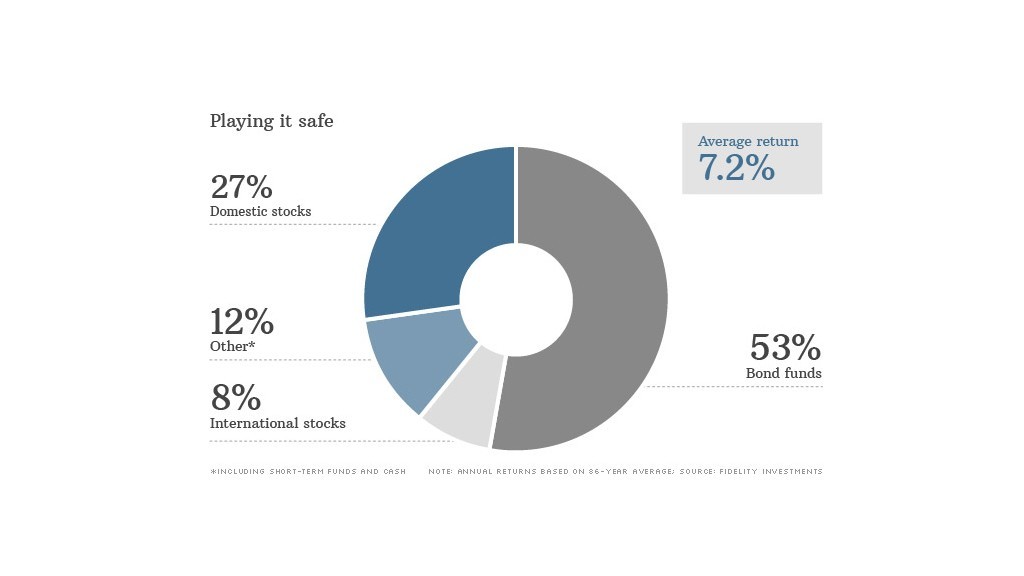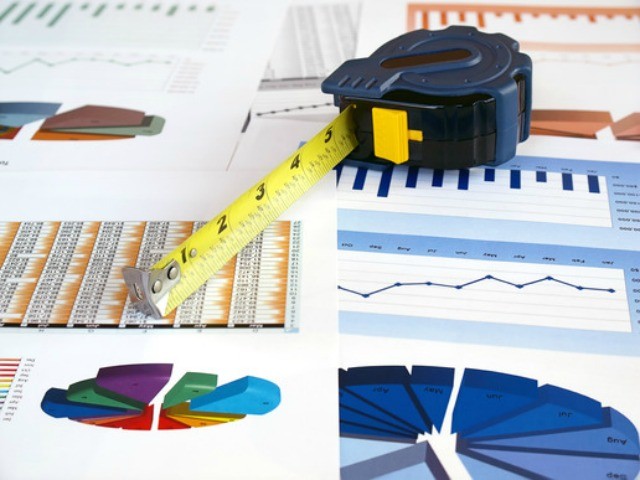Create an Investment Portfolio for your Retirement
Post on: 23 Май, 2015 No Comment

In the previous five articles in the series on Building and Managing a Retirement Portfolio, we addressed several investment management issues, challenges, and recommendations for those who are ready to or have already retired.
Now let’s look at an investment and spending plan that offers the following potential benefits critical to reduce our chances of running out of money:
1. Portfolio diversification, which serves to lower portfolio risk, provides both current income and future portfolio growth, increasing tax-efficiency.
2. Sufficient liquidity to meet both planned and unexpected cash needs.
3. Flexibility to avoid the damaging effects of selling assets during bear markets.
4. Increased portfolio longevity.
A strategy based upon work done by experts in the field of financial planning Harold Evensky and Deena Katz of Evensky & Katz Wealth Management in Coral Gables, FL, provides a sensible approach for addressing each of these goals. It involves opening and managing three accounts: a local checking account. cash flow reserve account. and investment portfolio .
The checking account. This is the “spending” account, which receives the income flows from sources such as Social Security, employer pension, part-time work, and any required minimum distributions. Any additional funds needed to bridge the monthly income gap (difference between pretax income and pre-tax expenses) flow into this account at the beginning of each month from the cash flow reserve account to help meet spending needs.
For those fortunate enough to have more income the excess flows can be reinvested in the investment portfolio. However, for this example, lets assume the retiree experiences an
income shortfall.
The cash flow reserve account. We fund this second account with approximately two year’s worth of living expenses (plus any funds required for planned short-term goals such as a wedding, home renovations, etc.). One year’s worth could be invested in a money market fund and one year’s worth in a low-cost, high quality short-term (i.e. one year duration) bond fund. This money will be readily available in liquid funds largely unaffected by the state of financial markets, providing certainty and peace of mind the retiree will have enough

money to pay the bills for two years. Think of this as the retirees’ payroll account from which they draw their monthly check for deposit into the checking account.
This account can be refilled periodically from the third account: the investment portfolio (IP), from the portfolio’s cash flow, or during the portfolio re-balancing process.
The investment portfolio. The balance and bulk of a retiree’s financial assets will be in the investment portfolio, consisting of a well diversified mix of bond and stock funds, designed to lower risk, improve tax-efficiency, and produce both income and long-term inflation-adjusted growth.
This account will contain assets you are confident can remain invested for 5 years or longer. To provide additional protection that spending needs will be met even in the event of a severe and prolonged downturn in the financial markets, the bond portion of the portfolio will include short-term and intermediate-term bond funds that can be liquidated to generate cash. These investments are less likely to sustain significant losses during bear markets, and depending upon an individual’s personal preference, can provide an additional 3 to 5 years of spending needs. Although there are no guarantees this five to eight year window will insure you never need to sell assets at a significant loss during a bear market, it greatly reduces the chances you will.
This article is for general information purposes only and is not intended to provide specific advice on individual financial, tax, or legal matters. Please consult the appropriate
professional concerning your specific situation before making any decisions.














